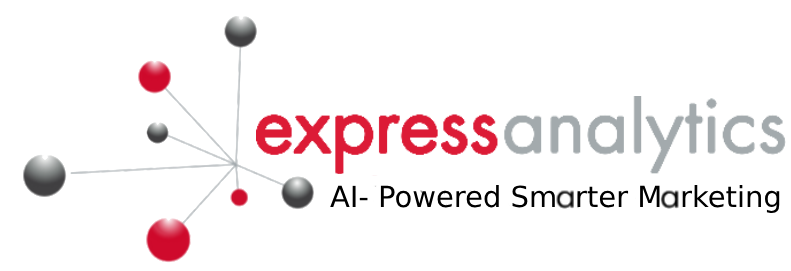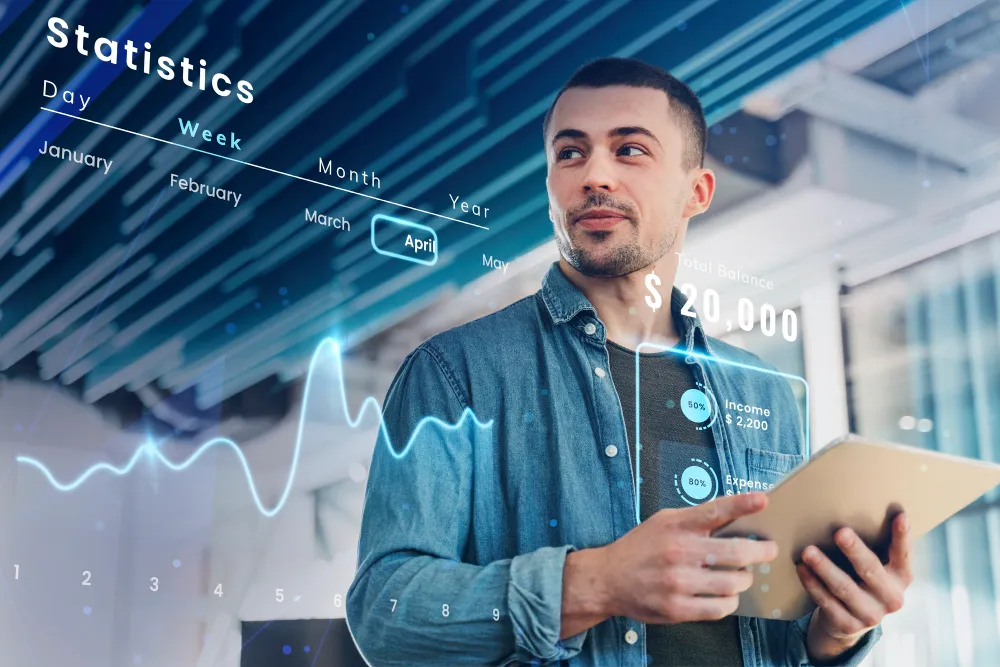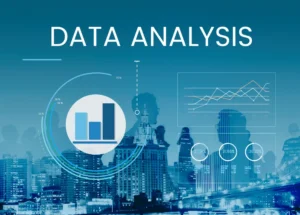How ML Enhances Psychographic Customer Profiling
In today’s age of digitization, you can think that understanding your customers would be optional. Rather, it is quite imperative for modern times.Companies no longer confine themselves to the frontiers of demographic segmentation, but they move into psychographic profiling.
Psychographic profiling digs deep into the lifestyles, values, attitudes, and interests of consumers. Machine learning is at this heartthrob transformation because it can redefine the way people engage and understand their clients’ businesses.
Whether you’re a marketer, business analyst, or aspiring data scientist, combining psychology with data science opens powerful new doors.
This guide explores how machine learning enhances psychographic profiling, offering valuable real-world insights and highlighting why this fusion is shaping the future of decision-making and innovation across industries.
What is Psychographic Customer Profiling in Machine Learning?
Bridging Psychology and Data Science
In machine learning, psychographic customer profiling is the process whereby algorithms are used to identify and describe individuals on the basis of psychological traits, including values, personality, lifestyle, interests, and motivations, by looking at patterns within the data concerned.
In contrast to demographic profiling, which helps one to answer the specific question of who the customer is, psychographic profiling can in some sense explain why they behave in a particular way.
Real-World Applications:
FAQs
You’ve Got Questions. We’ve Got Answers
Recommended Resources











